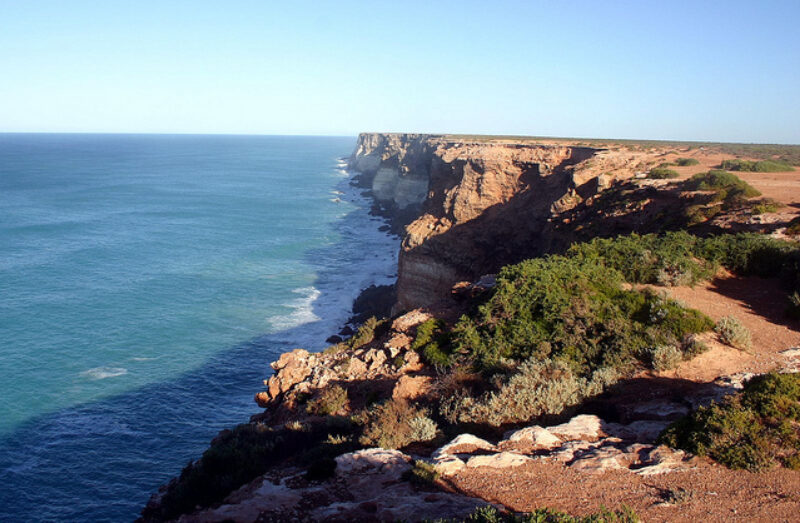New oil exploration not compatible with Australia’s climate commitments
Share

Oil from a new BP deep sea oil venture off the South Australian coast could produce the equivalent of nearly eight times Australia’s 2013 carbon dioxide (C02) emissions from fossil fuels, and blow the country’s remaining C02 emissions budget to 2050, says an analysis released today ahead of BP’s AGM in London.
Climate Analytics was commissioned by The Wilderness Society (Australia) to look at very conservative estimates for the massive new venture off the Great Australian Bight, where BP hold four of the nine prospects in the oilfield.
While BP hasn’t revealed how much oil it estimates is in the resource, a smaller partner in the venture, Bight Petroleum, has estimated there are nine billion barrels of oil in the two prospects it holds. Other companies involved in the venture are Chevron, Santos, and Murphy Oil.
But even then, if burned in Australia, these oil stocks would amount to one third of Australia’s remaining 2˚C carbon budget to 2050, and produce emissions three times that of Australia’s national C02 emissions from fossil fuels (oil, coal, gas) in 2013.
“Our calculations are based on a fraction of what is in this reserve: it could be four times this amount,” said the report’s author and CEO of Climate Analytics, Bill Hare.
“Adding additional oil reserves to the world’s energy system, as proposed by BP, is inconsistent with the global temperature and the emission limits the Australian Government agreed to in Paris last year. It would simply create the pressure for higher emissions – unless the intention is to not meet the warming limits agreed there.
“Endeavours to add more oil to the system are therefore clearly at odds with the commitment Australia is making globaly to meet its climate targets, and ultimately mean the oil will become a stranded asset,” said Hare.
Investment in production appears fundamentally inconsistent with the world moving towards limiting warming to 1.5°C, as agreed under the Paris Agreement.
The legally binding provisions of the Paris Agreement include that all parties together move towards zero global emissions of greenhouse gases in the second half of the 21st-century, consistent with the best available science and the 1.5°C limit in the agreement.
“We don’t need to find any more oil – we have more than enough oil to burn to go over 2°C global temperature rises and create runaway global warming. Why risk the Bight when we have more than enough oil and prices have plummeted?” said the Wilderness Society’s National Director Lyndon Schneiders.
“BP is risking billions on an a highly risky and problematic investment that the world can’t use and will almost certainly become a stranded asset,” he said.
“A spill would be devastating for South Australia’s $442 million [$319 million USD] fishing industry and its tourism industries in coastal regions, worth more than $1 billion [$723 million USD] and decimate the rich and many endangered creatures of this ocean, that they call home.
“BP was responsible for the world’s biggest oil spill accident, the Deepwater Horizon tragedy in the Gulf of Mexico (while drilling an exploration well in the Gulf of Mexico). The Great Australian Bight waters are far more treacherous and more remote than the Gulf of Mexico.
“The Bight is deeper, rougher and riskier than anything the world watched in 2010. The word watch with horror at the unprecedented disaster in the Gulf of Mexico and the chances of another Deepwater spill in this pristine ocean cannot be downplayed,” said Schneiders.
“The sixth anniversary of that horrific Deepwater Horizon event is next week,” he said.
As the Wilderness Society points out, 85 percent of the species found in the bight cannot be found anywhere else in the world. The area is also a breeding nursery for the endangered southern right whale, with up to 55 calves born at the head of the Bight each year.











